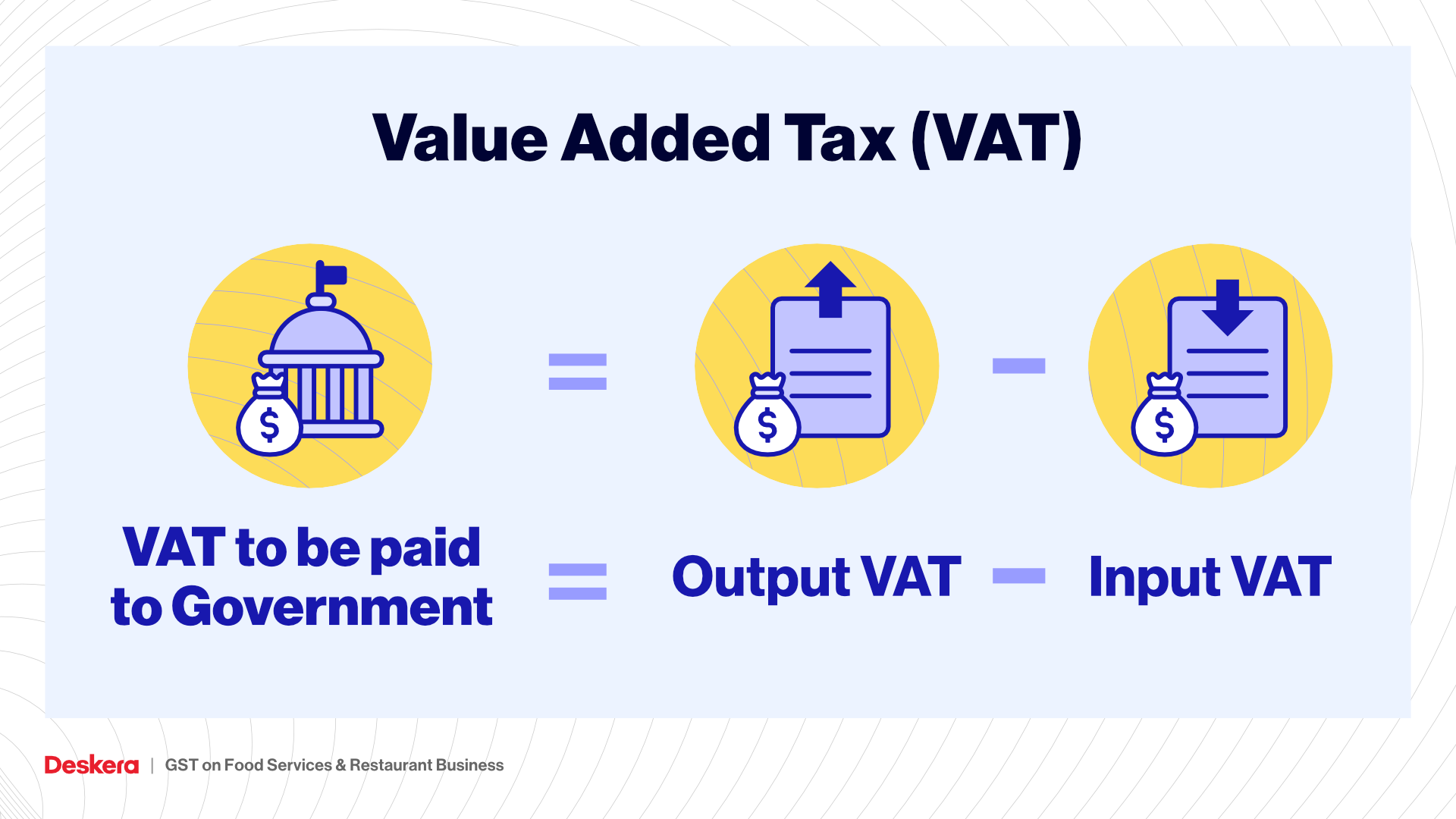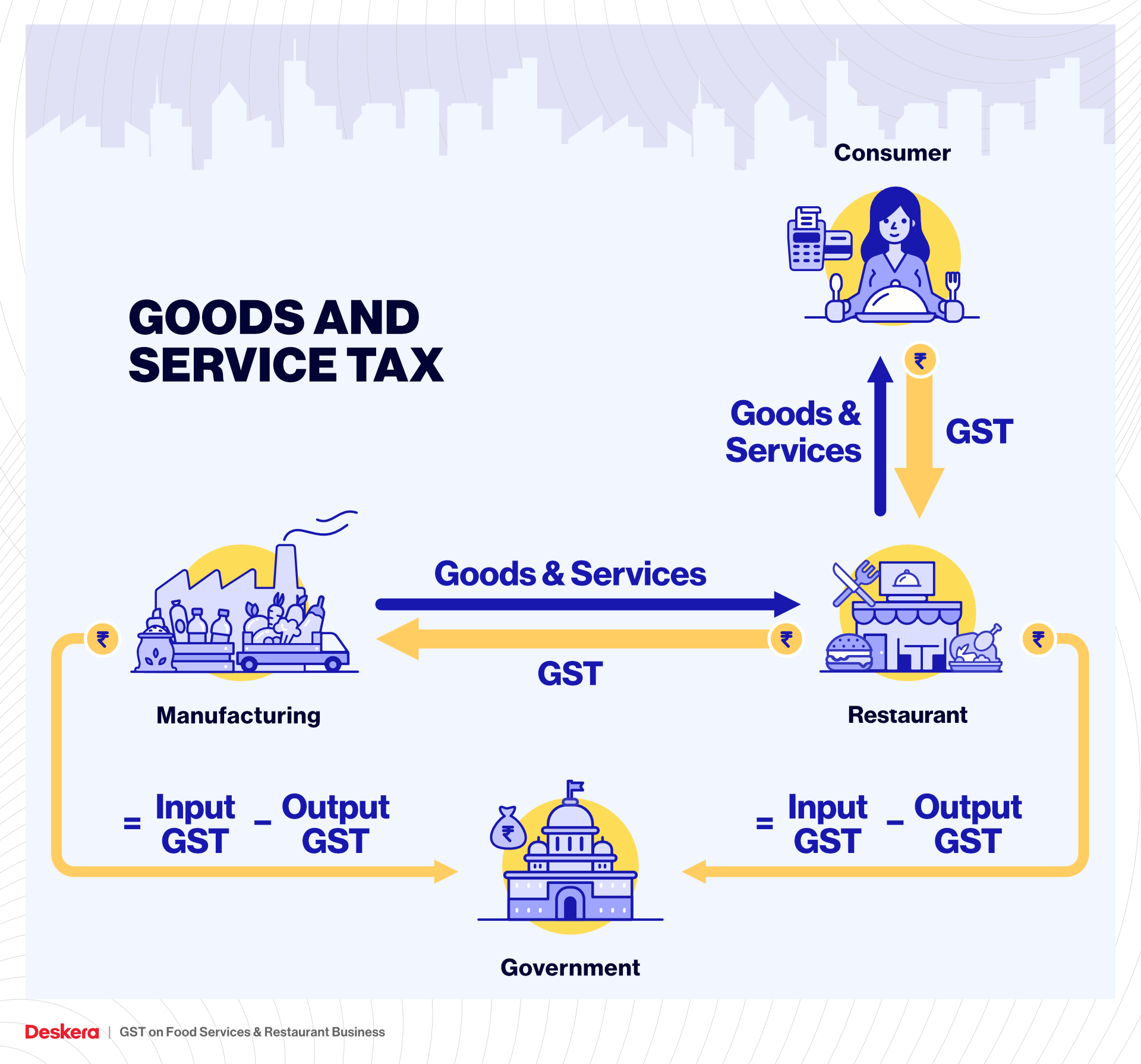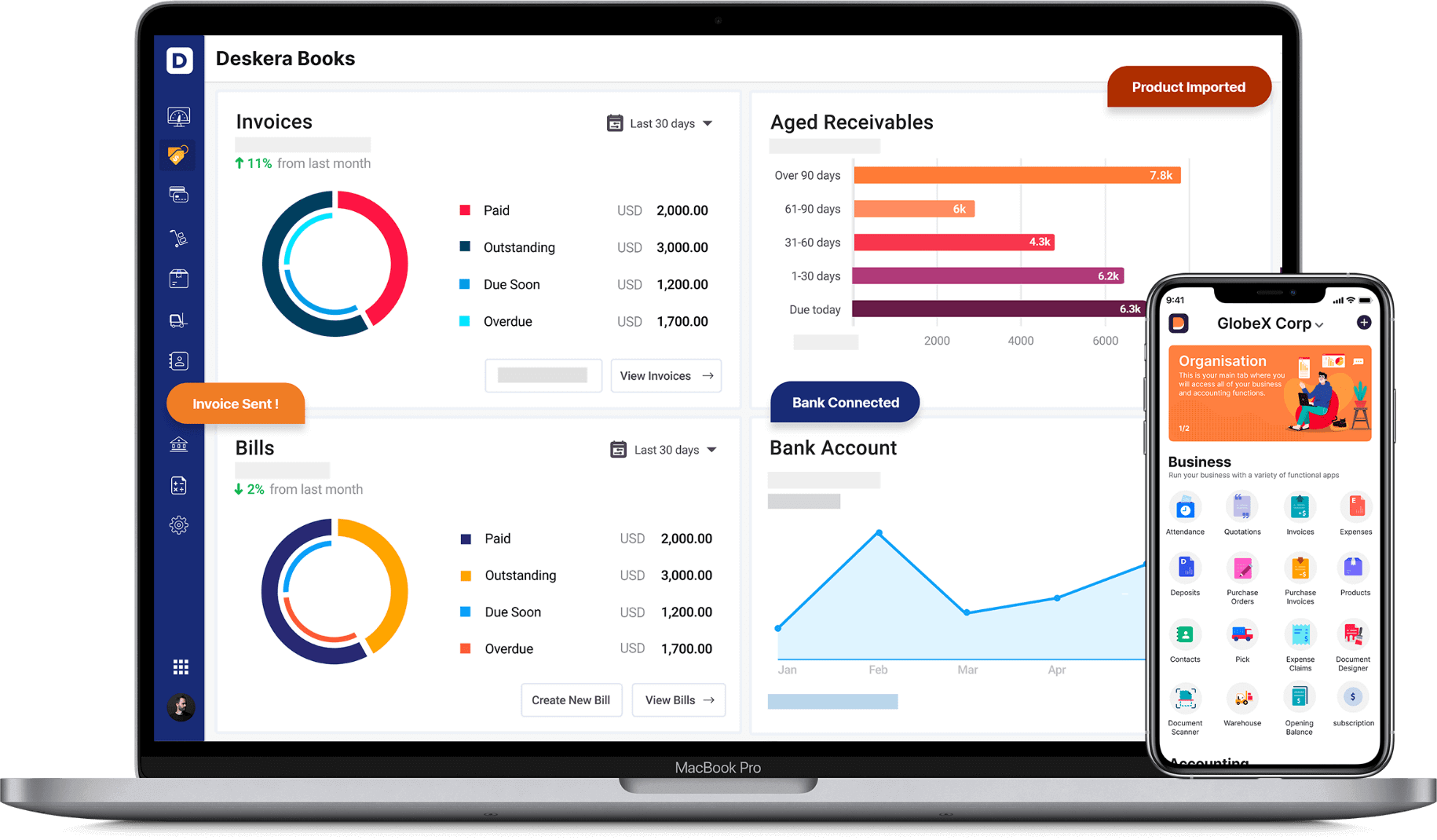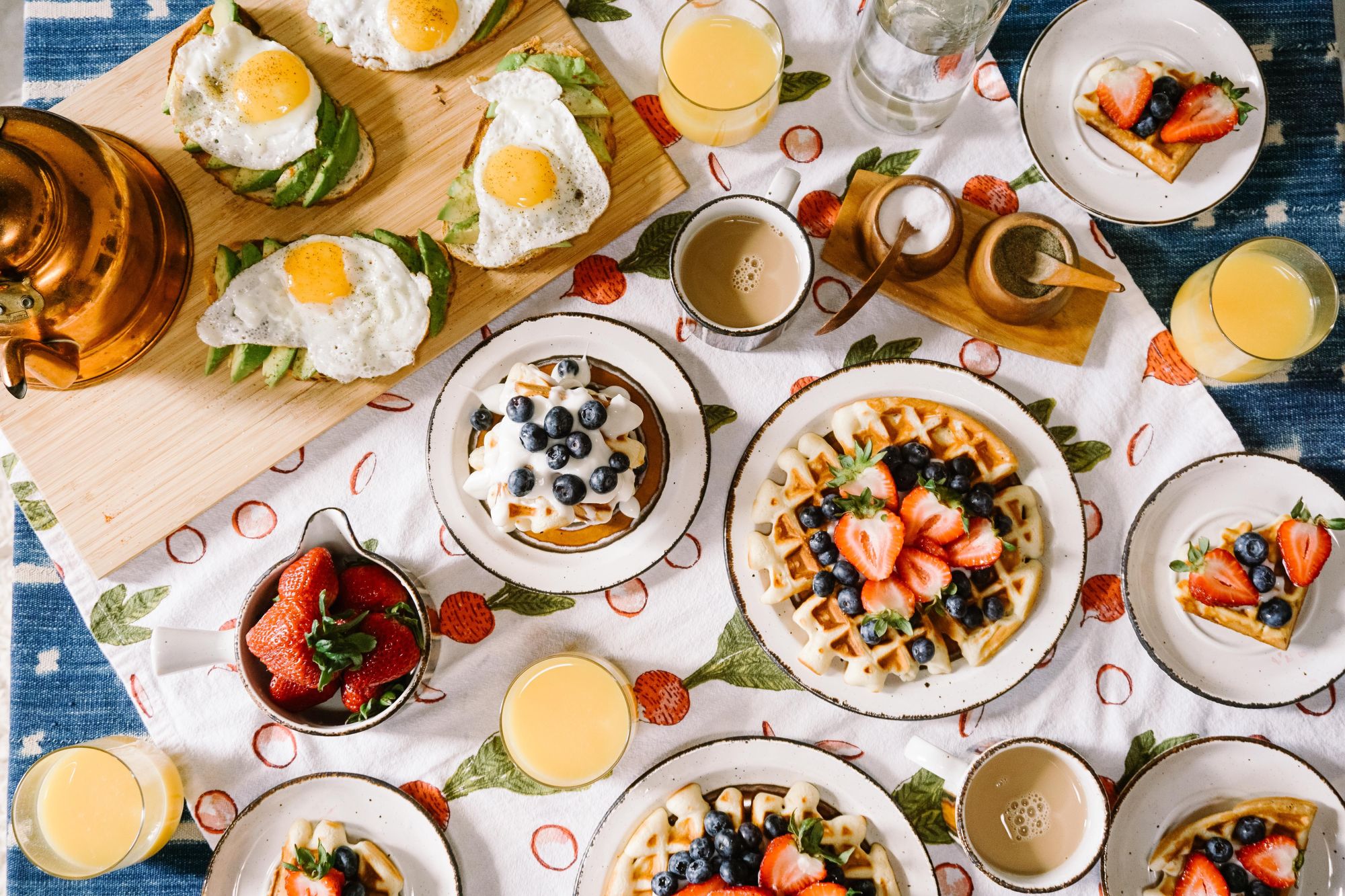Any change in the tax regime reflects on the food services and restaurant businesses first. And the impact of GST on food services and restaurant business has been no different from this trend. Given that the restaurant and food service industry was valued at INR 4 trillion in FY 2020 according to statista, it would interesting to know how this issue that is so close to our heart (and our stomachs) changes with GST.

On that note, let’s analyze how GST on food services and restaurant business has changed the game:
Pre-GST Taxation on Food Services & Restaurant Business
To understand the impact of GST on food services and restaurant businesses, we will have to reel back to the pre-GST era. Interestingly, food bills of this period were quite often a subject of debate and varied greatly. Typically, any food-related bill contained the following elements: the actual price of the food item (as mentioned on the menu card), VAT, Service Tax, and Service Charge.
Let’s refresh your memory with what each of these meant:
- VAT, or Value Added Tax, was the indirect tax component against the food item that you ordered.
- Service Tax was the tax paid in lieu of the services rendered by the restaurant.
- Service Charge was a charge levied by restaurants over and above the service tax to supplement their income for restaurant operation. This is separate from Service Tax and is not a tax component.

As you can see, there were multiple variables involved that greatly influenced the final amount that one would have to pay.
Enter: GST - the ultimate equalizer.
GST on Food Services & Restaurant Business
Once GST made an appearance, it standardized the tax significantly and made it easier for the end-user. Now, most of the tax elements were clubbed into a single bracket due to which the taxation looks something as below:
|
Type of
Restaurant |
GST
Rate |
GST
Rate(Composition Scheme) |
|
IRCTC
or Railways |
5% without ITC |
5% without ITC, provided
that the turnover for the whole FY does not exceed Rs. 1.5 crore. The
taxpayer will have to comply with GSTR4 and cannot collect tax from
customers or supply goods through eCommerce. |
|
Standalone
Restaurants |
5% without ITC |
|
|
Standalone
outdoor catering services or food delivery service |
5% without ITC |
|
|
Restaurant
within hotels where the room tariff is less than Rs. 7,500/- |
5% without ITC |
|
|
Restaurant
within hotels where the room tariff is less than Rs. 7,500/- |
12% with ITC |
|
|
Restaurant
within hotels where the room tariff is equal to or more than Rs. 7,500/- |
18% with ITC |
|
|
Normal/composite
outdoor catering within hotels where the room tariff is less than Rs. 7,500/- |
5% without ITC |
|
|
Normal/composite
outdoor catering within hotels where the room tariff is equal to or more than
Rs. 7,500/- |
18% with ITC |
|
|
Restaurants
that serves alcohol |
18% with ITC |

Comparison of pre-GST and post-GST Food Bills
Consider that you have ordered food items worth Rs. 2000/-.
In the pre-GST bill, the tax deducted at source would be as follows:
|
Total |
Rs.
2,000/- |
|
Service Charge @ 10% |
Rs.
200/- |
|
Service Tax @ 5.6% |
Rs.
123.20/- |
|
KKC @ 0.2% |
Rs.
4.40/- |
|
SBC @ 0.2% |
Rs.
4.40/- |
|
VAT @ 14.5% |
Rs.
319/- |
|
TOTAL AMOUNT PAYABLE |
Rs.
2,651/- |
Now, compare the above with the revised invoice after the introduction of GST:
|
Total |
Rs.
2,000/- |
|
Service Charge @ 10% |
Rs.
200/- |
|
GST @ 18% |
|
|
CGST @ 9% |
Rs.
198/- |
|
SGST @ 9% |
Rs.
198/- |
|
TOTAL AMOUNT PAYABLE |
Rs.
2,596/- |
The above illustration simply offers a high-level view. However, it is successful in demonstrating how consumers can save approximately Rs. 55 on a similar transaction value of Rs. 2,000/-.
Impact of GST on a Restaurateur
Apart from the consumers, even restaurant business owners benefited from the implementation of GST. Here’s how:
Tax deducted at source for items under 5%:
|
Particular |
VAT
Bill |
GST
Bill |
|
Wheat |
Rs. 1,000/- |
Rs. 1,000/- |
|
Spices |
Rs. 500 |
Rs. 500 |
|
Oil |
Rs. 200 |
Rs. 200 |
|
Total |
Rs. 1700/- |
Rs. 1700/- |
|
VAT @ 5% |
Rs. 85% |
|
|
GST @ 5% |
|
Rs. 85% |
Fair enough, the VAT and GST on food are pretty much the same. But what about when the slabs change. Here’s a picture for you:
|
Particular |
VAT Bill |
GST Bill |
|
|
|
Total
Bill |
Rs.
5,000/- |
Rs.
5,000/- |
|
|
|
Output
Tax |
|
|
|
|
|
VAT
@ 14.5% |
Rs.
725/- |
|
|
|
|
Service
Tax @ 6% |
Rs.
300/- |
|
|
|
|
GST
@ 5% |
|
Rs.
250/- |
|
|
|
Total
Output Tax Liability |
Rs.
1,025/- |
Rs.
250/- |
|
|
|
Input
Credit |
|
|
|
|
|
VAT ITC (no ITC on ST) |
Rs.
75/- |
|
|
|
|
GST ITC |
|
|
||
|
Final
Output Tax Liability |
|
|
||
|
VAT |
Rs.
650/- |
|
||
|
Service Tax |
Rs.
300/- |
|
||
|
GST |
|
Rs.
250/- |
||
|
Total
Amount Payable |
Rs.
950/- |
Rs.
250/- |
From the above, it may be seen that restauranteurs would have to pay Rs. 950/- under the VAT billing regime while GST cuts it down to a mere Rs. 250/-. By reducing the rate, GST amplifies working capital.
How Can Deskera Help Your Business?
Deskera is that all-in-one software that aims to attend to all your business needs. When it comes to accounting for your business, it is Deskera Books that you want to rely upon. Be it tracking your financial KPIs, marketing KPIs or getting insights for optimizing your landing pages, the dashboard of Deskera Books is maintained in real-time, with the analytics provided helping you to take future decisions.
Hence, trends observed will help in improving the ratio of operating income as against operating expenses and that of account receivables as against the account payables.

Deskera Books will help you with invoice creation and sending, making financial statements, analyzing the balance sheets, income statement, cash flow statement, bank reconciliation statement and profit and loss statement.
Additionally, the insights gained from the dashboard will also help in improving cash flow, customer retention and customer loyalty while encouraging more returning customers. Another of the main key functionality of Deskera Books is that it makes it easier to comply with your country’s taxation regimes.
This video will show you how to set up GST of India in Deskera Books:
Concluding Thoughts
GST on food services and restaurant businesses makes a solid case for itself, which is a cause for celebration for restaurant owners and diners. In view of this, the transition towards GST appears to be one of the many reasons why you should treat yourself to a delectable meal!






